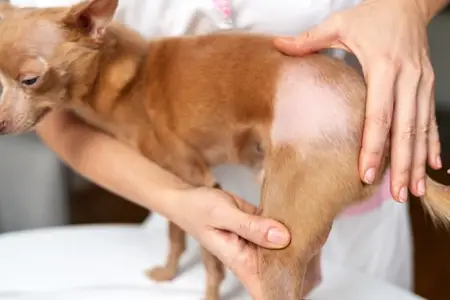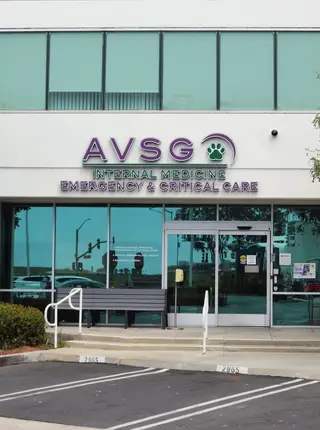Halloween is a fun and festive time for families. But for pets, it can come with a few hidden hazards. From tempting treats to spooky costumes and constant doorbell rings, the night can be more frightening than fun for our four-legged friends. With a little planning and awareness, you can make sure your pets enjoy a safe and stress-free holiday.
Here are 6 important Halloween safety tips every pet owner should keep in mind:
1. Watch Out for Treat Troubles
Halloween candy bowls may be irresistible to curious noses, but many sweet treats are dangerous for pets.
- Chocolate: Even small amounts can be toxic to dogs and cats. Dark chocolate and baking chocolate are especially harmful.
- Sugar-free candy: Products containing xylitol (often found in sugar-free gum and treats) can cause life-threatening drops in blood sugar and liver failure in dogs. You may also see this called ‘birch bark’.
- Raisins: Sometimes included in “healthy” Halloween snack packs, raisins and grapes can cause kidney failure in pets.
Keep all candy and treats securely out of reach and remind children not to share their Halloween stash with pets.
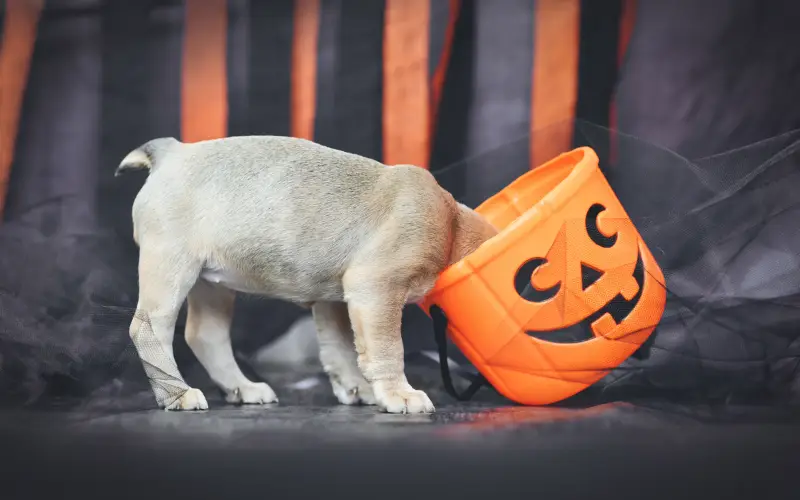
2. Beware of Wrappers and Decorations
Even if the candy itself is off-limits, discarded wrappers can still cause trouble. Foil and cellophane can lead to choking or intestinal blockages if swallowed. Dispose of candy wrappers promptly in a closed trash can.
Seasonal decorations can pose similar risks. Glow sticks, for instance, contain liquids that can irritate a pet’s mouth, and fake cobwebs can entangle small animals. Keep candles, jack-o’-lanterns, and cords out of reach to prevent burns, bites, or tipping accidents.
3. Costume Concerns: Keep Comfort First
There’s nothing cuter than a dog dressed as a pumpkin or a cat in a tiny witch hat, but not every pet enjoys dressing up. Before putting your pet in a costume, consider their comfort and personality.
Check for:
- Fit: Costumes should allow free movement and should not restrict breathing, vision, or hearing.
- Safety: Avoid small parts, strings, or accessories that can be chewed off and swallowed.
- Stress signs: If your pet looks uncomfortable, scratches at the outfit, or refuses to move, it’s best to skip the costume altogether.
- Alternative: Try a festive bandana or collar instead. You’ll still capture that holiday spirit, without the fuss.
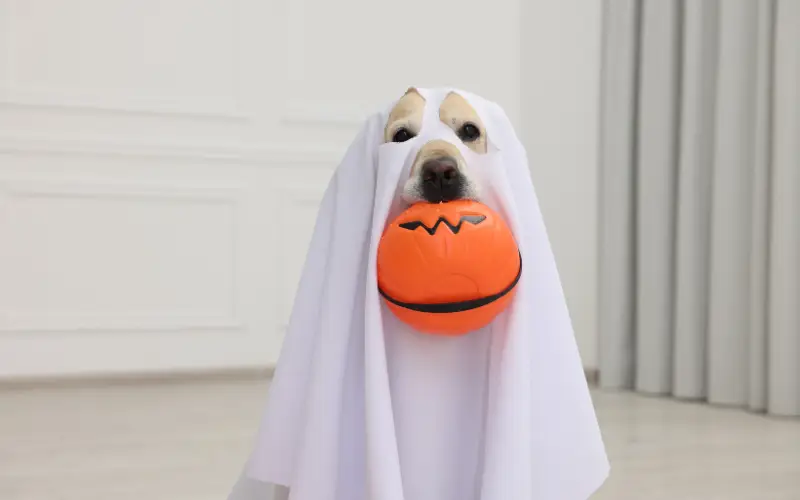
4. Keep the Door Safe and Secure
Trick-or-treating brings a steady stream of strangers in costumes to your door, which can be confusing or frightening for pets. The doorbell, laughter, and excitement may cause anxiety or lead to an unexpected escape.
To prevent problems:
- Keep pets in a quiet, secure room away from the front door during peak trick-or-treat hours.
- Make sure your pet has a collar with updated ID tags.
- Double-check that microchip information is current, just in case your pet manages to slip outside.
5. Manage the Noise and Stress
Not every pet handles the chaos of Halloween well. Strange costumes, loud noises, and flashing lights can all trigger anxiety.
- Play calming music or turn on the TV in another room to help mask outdoor sounds.
- Offer a safe space, such as a crate or favorite bed, where your pet can relax.
- If your pet is particularly nervous during holidays or fireworks, ask your primary care veterinarian about calming products or anxiety management strategies.
6. Think Twice About Outdoor Adventures
Halloween night is not the ideal time for walks or unsupervised outdoor time. Between increased traffic, costumes that can spook pets, and possible pranks, it’s safest to keep pets indoors.
If you do choose to go out for a walk, choose a well-lit route and use reflective gear or a lighted collar to keep your pet visible.
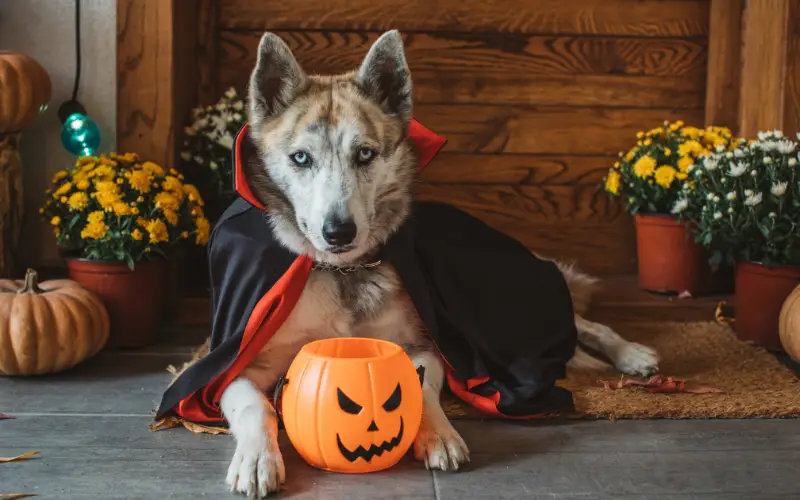
A Safe Halloween Is a Happy One
With all the excitement that comes with Halloween, it’s easy to overlook potential hazards. But with a little preparation, you can ensure your pet stays safe and comfortable all night long. Keep candy out of reach, choose costumes wisely, and create a calm retreat away from the action.
And if your pet needs emergency care, call us at 949-653-9300. Or, if you’re in Southern California, we welcome your visit to our Emergency and Critical Care facility, open 24-hours a day, 7 days a week.
From all of us at AVSG IMERCC, we wish you and your pets a happy and safe Halloween!
The information contained in the article is for informational purposes only and is not intended to take the place of the advice of a veterinarian.
